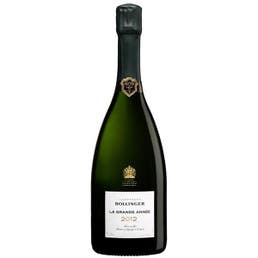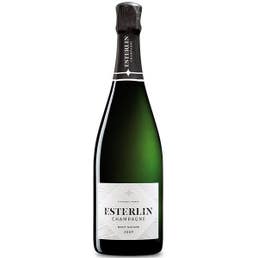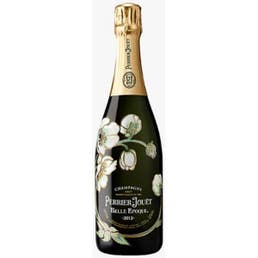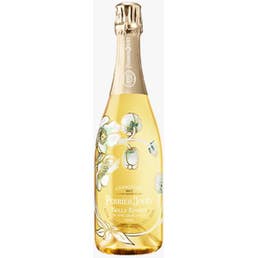The term “Champagne'' refers exclusively to sparkling wine produced in the Champagne region in northeastern France. The champagne wine region is one of the most prestigious not only in France but also in the world. Champagne, synonyms of celebration, prestige, French tradition is produced in Champagne in northeastern France.
Originally planted by the Romans, the earliest known wine-producing vineyards in Champagne were planted in the 3rd to 5th centuries. From the 5th to the 9th centuries, clergy and religious orders began putting roots down in the wine industry. The wines of Champagne have long been enjoyed by French nobility and the monarchy. In the 17th century, religious figures including the Benedictine monk Dom Pierre Perignon, who was a cellar master in the Abbey of Hautvillers devised several production methods that are still used today. The region’s first Champagne house was founded in 1729 by Nicolas Ruinart who went into the introduction of sparkling wines. Followed by Moët & Chandon in 1743. This wine has continued to develop and has acquired an international reputation. In 1936, the designation of Champagne was protected by an Appellation d’Origine Contrôlée (AOC). This appellation was created to guarantee the quality and authenticity of the terroir but also to protect climate, the vineyard management, the winemaking techniques, the labeling within a delimited area. And more recently, the region's legacy was formerly recognized by UNESCO. It’s in 2015, that this organization designed the hillsides, houses and cellars of CHampagne like a World Heritage Site.
Located 90 miles east of Paris, this region spans five main wine-growing areas : Montagne de Reims, Côte des Blancs, Côte des Bar, Vallée de la Marne et Montagne de Reims. In the heart of the champagne wine region, Epernay, known as the capital of Champagne, this city benefits from the champagne attraction to develop its local economy and produces over 200 million bottles of champagne. Reims is also renowned for its numerous Champagne Grands Crus and Premiers Crus.
Champagne is produced in 319 villages also called “Crus” covering some 34,3000 hectares. Nearly 280 000 plots, tended by more than 16 000 growers make up the area under vine in Champagne.
This region is renowned for its chalky soils and cool climate ideal for viticulture. Pinot Noir, Pinot Meunier and Chardonnay are the primary grape varieties used to make champagne but sometimes Pinot Blanc, Pinot Gris can be added, each contributing to the complexity of champagnes. Each grape variety brings its own notes. Pinot Noir contributes good palate weight and darker, Pinot Meunier gives acidity and fruitiness, Chardonnay brings elegance and finesse. Different styles of champagne are produced, the most popular are Champagne Blanc de Blancs with 100% chardonnay, Blanc de Noir with 100% Pinot Noir and Champagne Rosé.
The production process particularly the methode champenoise involves a second fermentation in the bottle, giving the wines their unique effervescence and fine mousse. The wine reflects an ancestral know-how and a unique terroir, making champagne as a symbol of celebration, prestige, innovation and quality.
Many estates are recognized in this region and Laguna Cellar offers several of these estates: Esterlin, Barons de Rothschild, Perrier-Jouët, Victor Lejeune, Louis Roederer and Henriot.








